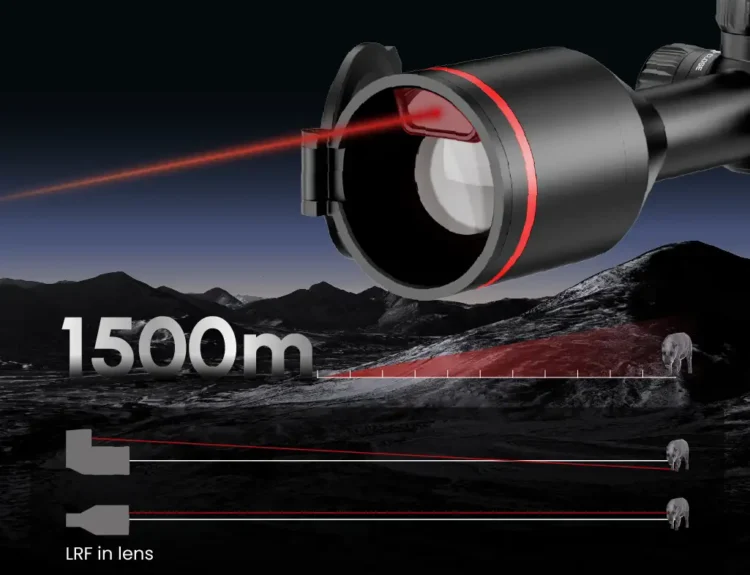
Did you know that approximately 466 million people worldwide experience disabling hearing loss? This staggering figure highlights the growing demand for innovative solutions like in-the-ear (ITE) rechargeable hearing aids. As technology advances and consumer preferences evolve, these devices are becoming increasingly popular among users seeking convenience and improved auditory experiences.
The Rise of ITE Rechargeable Hearing Aids

ite rechargeable hearing aids represent a significant shift in the market attributes of assistive listening devices. These compact instruments not only offer enhanced sound quality but also feature user-friendly designs that cater to various lifestyles. The integration of rechargeable batteries addresses common pain points associated with traditional disposable batteries, making them more appealing to tech-savvy consumers. Furthermore, their discreet appearance aligns well with current aesthetic trends, particularly among younger demographics who prioritize both functionality and style.
Find more about manufacturers of hearing aids.
Manufacturers of Hearing Aids and Affinity Segmentation
The landscape of manufacturers producing ITE rechargeable hearing aids is diverse, each targeting specific segments within the broader market through affinity segmentation strategies. Companies are increasingly focusing on tailoring their products to meet the unique needs of different consumer groups—be it age-related factors or lifestyle preferences. For instance, some brands emphasize advanced features such as Bluetooth connectivity for seamless integration with smartphones while others highlight ease-of-use for elderly customers who may require simpler interfaces.
Jinghao’s Characteristics in Affinity Segmentation
When examining Jinghao’s approach within affinity segmentation, several key characteristics emerge:
- User-Centric Design: Jinghao prioritizes ergonomic designs that enhance comfort during prolonged use.
- Diverse Product Range: They offer a variety of models catering to different levels of hearing loss and personal preferences.
- Sustainability Focus: Emphasizing eco-friendly materials appeals to environmentally conscious consumers.
- Technological Integration: Features like smartphone compatibility resonate well with younger audiences looking for modern solutions.
- Aggressive Marketing Strategies: Targeted campaigns effectively reach niche markets by addressing specific needs related to lifestyle or demographic factors.
A Conclusion on ITE Rechargeable Hearing Aids’ Market Positioning
The analysis reveals that ITE rechargeable hearing aids hold a prominent position within affinity segmentation frameworks due to their adaptability across various consumer profiles. By understanding distinct user needs—from technological advancements to design aesthetics—manufacturers can better serve an evolving market landscape where personalization is paramount. As we move forward into an era defined by innovation and inclusivity in healthcare technology, it is clear that these devices will continue shaping how individuals engage with sound around them.


